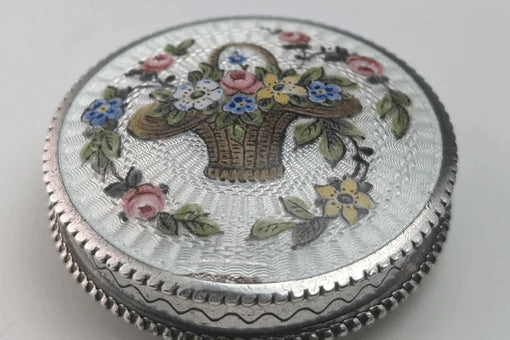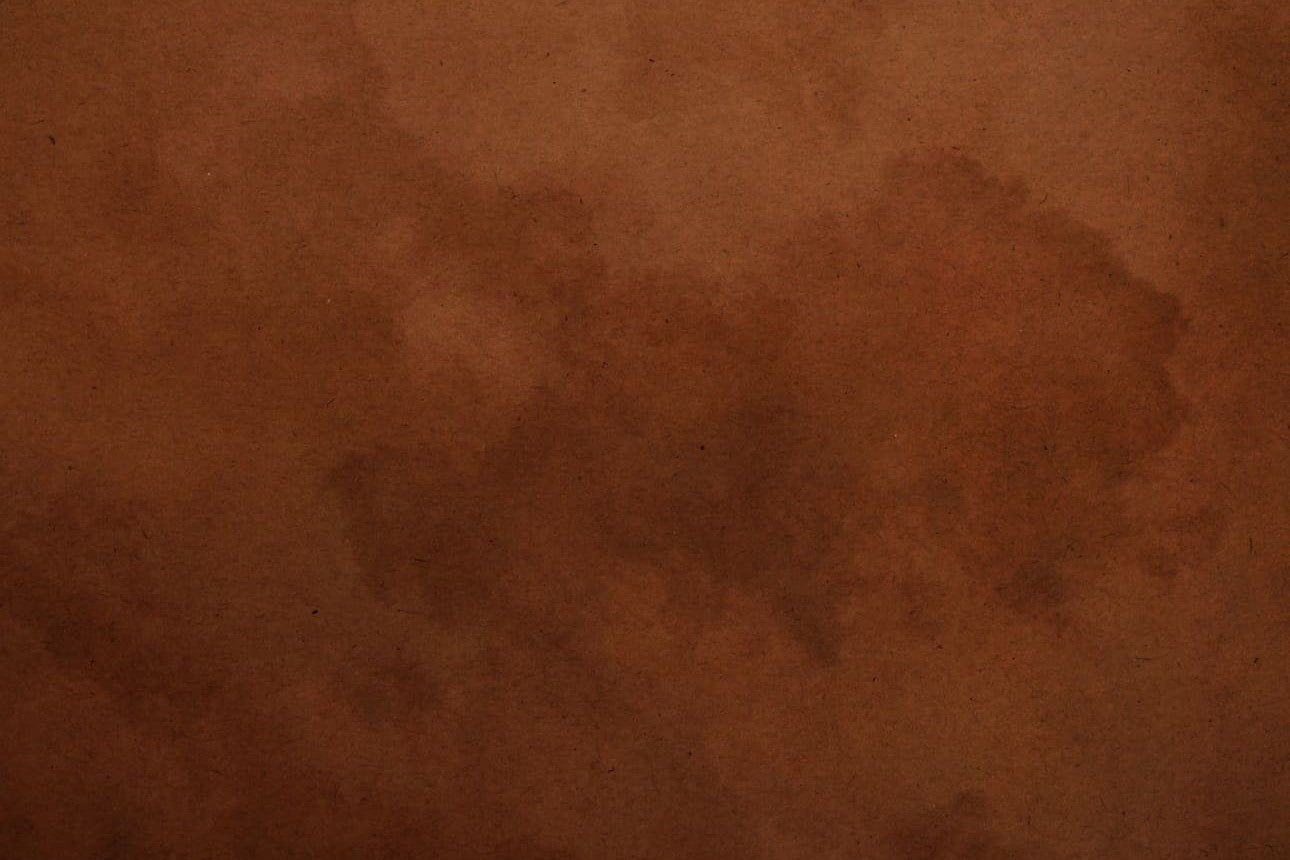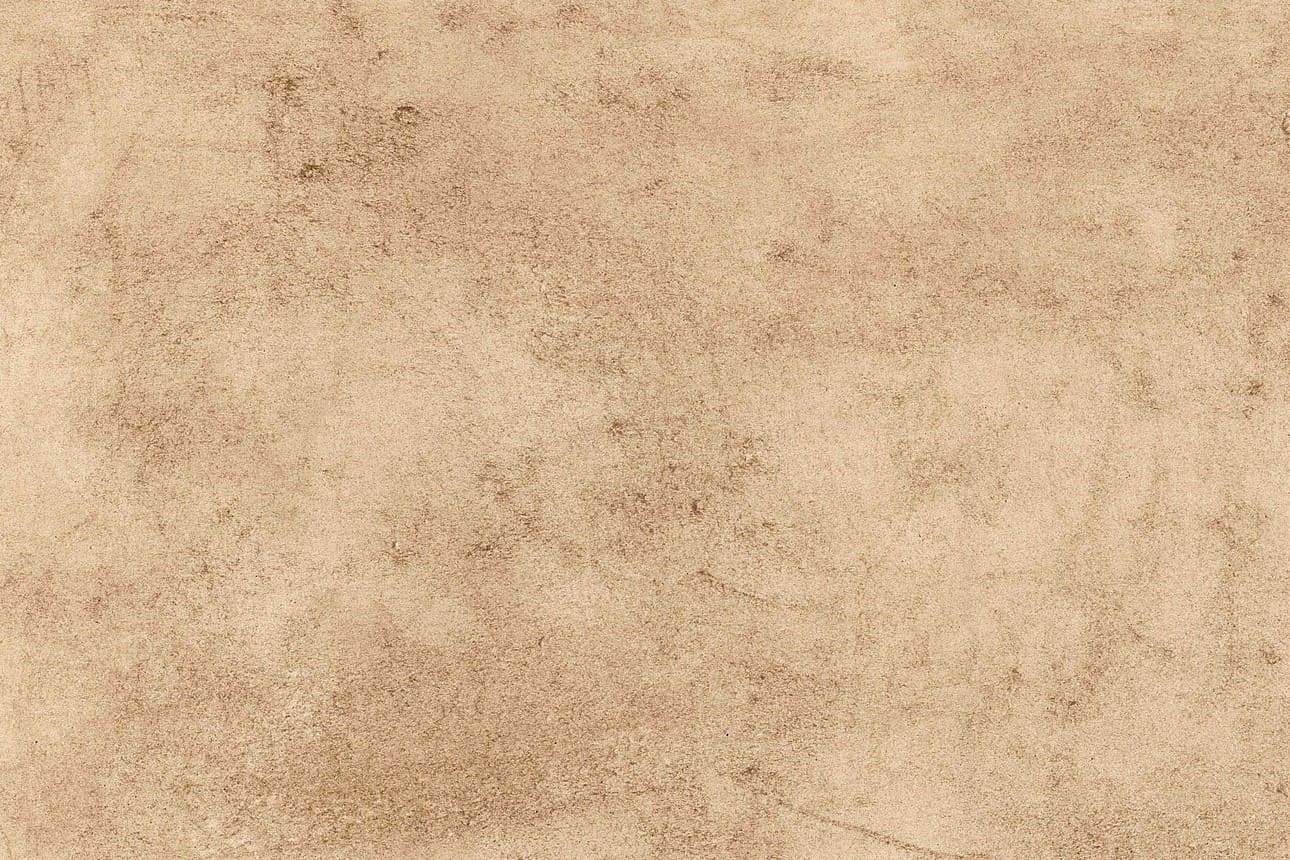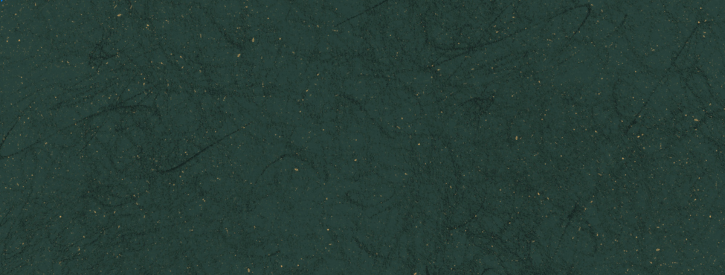The fusion of engraving and enamel: Guilloche enamel decoration
Posted by WATANABETAIGA

Antique metal crafts feature a wide variety of intricate and beautiful decorative techniques that are sure to catch your eye.
One of these, "Guilloché Enamel," is a decorative technique that combines the precise "guilloché engraving" on metal with vitreous "enamel decoration."
In this article, we will explain the characteristics, manufacturing process, and appeal of "Guilloche enamel."


1. Guilloche engraving and enamel decoration
To understand guilloche enamel, it is first necessary to know about the two main techniques that make it up: guilloche engraving and enameling.
A. Guilloche engraving
"Guilloché" refers to a decorative technique in which a special mechanical lathe (engine-turned lathe) is used to carve precise, repetitive geometric patterns into a primarily metal surface.
This machine makes it possible to carve extremely precise and intricate patterns, such as wavy, circular or mesh patterns, that would be difficult to carve by hand.
The origins of guilloche engraving date back to 16th century Europe, and are thought to have begun among goldsmiths, particularly in Augsburg, Germany.
In the 18th century, technology advanced significantly with improvements in lathes, making more complex patterns possible.
The materials we deal with are primarily precious metals such as gold and silver, due to their ease of workability and beauty.
Common patterns include moire (waves), sunburst, barleycorn, basketweave, and concentric circles.
Although guilloche engraving is done using a machine, the choice of pattern, depth, etc. require the craftsman's excellent artistic sensibility and technical skill.


B. Enamel decoration
"Enamel decoration" is a technique in which a glassy substance (colored glass powder) is melted and fused to a metal surface using heat.
Also known as "Shippou", it is an ancient decorative technique with a very long history dating back approximately 5,000 years.
There are various techniques, but the most important one in guilloche enamel is called "Basse-taille".
Bastille is a technique in which a shallow relief is carved into the surface of a metal, then a transparent or translucent enamel is applied over it and fired. The carving on the base is visible through the enamel, and the color of the enamel changes depending on the depth of the carving.
The bastille was developed in Italy in the 13th century and was popular during the Gothic and Renaissance periods.
Guilloche enamel can be considered an application of the Bastille technique.


2. The manufacturing method of Guilloche enamel
The combination of "guilloche carving" and "enamel decoration" flourished in the mid to late 18th century. We will explain how "guilloche enamel" is produced.
It all starts with metal preparation and guilloche engraving.
A metal plate is chosen, usually gold or silver, and the guilloche pattern is precisely engraved into this metal using the engine-turned lathe mentioned above.
A complementary preparation, sometimes done by hand, known as "flinking style", was used to maximise light reflection.
The precision of this engraving greatly influences the beauty of the finished enamel.
Next comes the selection and preparation of the clear enamel.
In guilloche enamel, transparent or translucent enamel is essential.
After the color is selected, the vitreous mass of enamel is crushed into a very fine powder.
Impurities have a detrimental effect on the enamel finish and are therefore removed by careful cleaning.
The crushed enamel powder is then mixed with water to form a paste, which is then applied to the guilloche-engraved metal surface, often in a thin, even layer.
In this process, great care must be taken to ensure that the enamel penetrates the grooves of the engraving and creates a smooth surface.
Once the enamel has been applied, the next step is firing.
The piece is then placed in a hot kiln, the temperature of which varies depending on the type of enamel and metal, but can reach around 800°C.
The heat melts the glassy powder and firmly fuses it to the metal surface.
Guilloche enamel is typically applied and fired multiple times to achieve the appropriate depth of color, transparency, and thickness of the enamel layer.
By layering, you can achieve a richer expression of colors and emphasize the three-dimensionality of the guilloche pattern underneath.
This process requires the experience and intuition of a skilled craftsman, as each firing carries with it the risk of the enamel cracking or changing color.
Once the enamel layer is completed after multiple firings, the process isn't over yet.
After firing, the enamel surface will be slightly uneven and will require polishing : an abrasive will be used to make the surface completely smooth, often evenly polished to the surrounding metal.
After that, it is further polished to bring out the beautiful luster that is unique to enamel.
In this way, guilloche enamel is a highly complex decorative technique that requires time and skill to complete, as it can only be completed by combining precise machine engraving techniques using a lathe with delicate enameling techniques that involve multiple firings.
3. The appeal of guilloche enamel
The greatest appeal of guilloche enamel is that its beauty is further enhanced by combining "guilloche engraving," which creates geometric patterns using a guilloche engraving machine, with "enamel decoration," an ancient coloring technique using vitreous material.
Intricate geometric patterns are engraved into a metal base and then coated with a transparent or translucent enamel, creating a shimmering, inner glow.
As light penetrates the enamel layer and strikes the intricate guilloche pattern below, it reflects and refracts in complex ways, creating a play of light that changes almost like a living thing.
Every time you change the angle from which you look at it, the color and shine change subtly, and each time you see it, you will discover something new and be impressed.
Guilloche enamel is particularly associated with the glamorous era of the late 19th and early 20th centuries, when the Art Nouveau style flourished in Europe and beautifully combined arts and crafts to produce a wide range of items.
Above all, it was the Faberge workshop, the official supplier to the Russian Tsars, that elevated this technique to the pinnacle of art.
Their sumptuous creations, including their Imperial Easter Eggs, made guilloche enamel world famous and established the technique's image of luxury.


No two antique guilloche enamel pieces are exactly alike.
As many of the processes involve manual labor, each piece has its own unique characteristics, such as the way the enamel comes out and the subtle differences in the patterns.
Old items will inevitably have wear and chips in the enamel, but this is also part of the item's individuality and charm, as it testifies to the long story that it has told.
summary
Guilloche enamel is a decorative technique that combines an intricate guilloche engraving on metal with a transparent or translucent enamel that is baked on top.
The unique brilliance and depth created by the interweaving of light and pattern colors has a unique beauty that cannot be achieved with other decorative techniques.
Since the mid-20th century, the labor-intensive guilloche enamel decoration has rarely been used in mass-produced products, and is only used in a very small number of luxury items.
If you are interested in antique jewelry and accessories, be sure to look for guilloche enamel pieces.
We hope that the brilliance of guilloche enamel will make your encounter with antiques even more wonderful.











